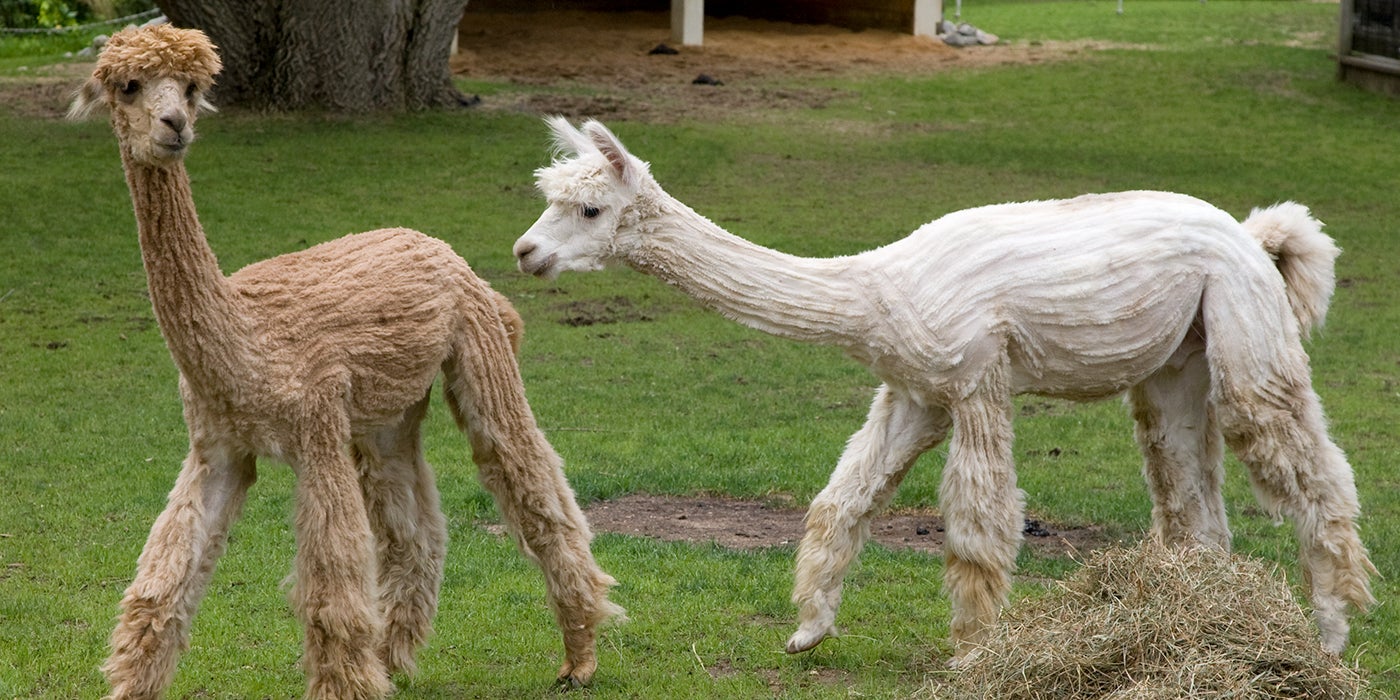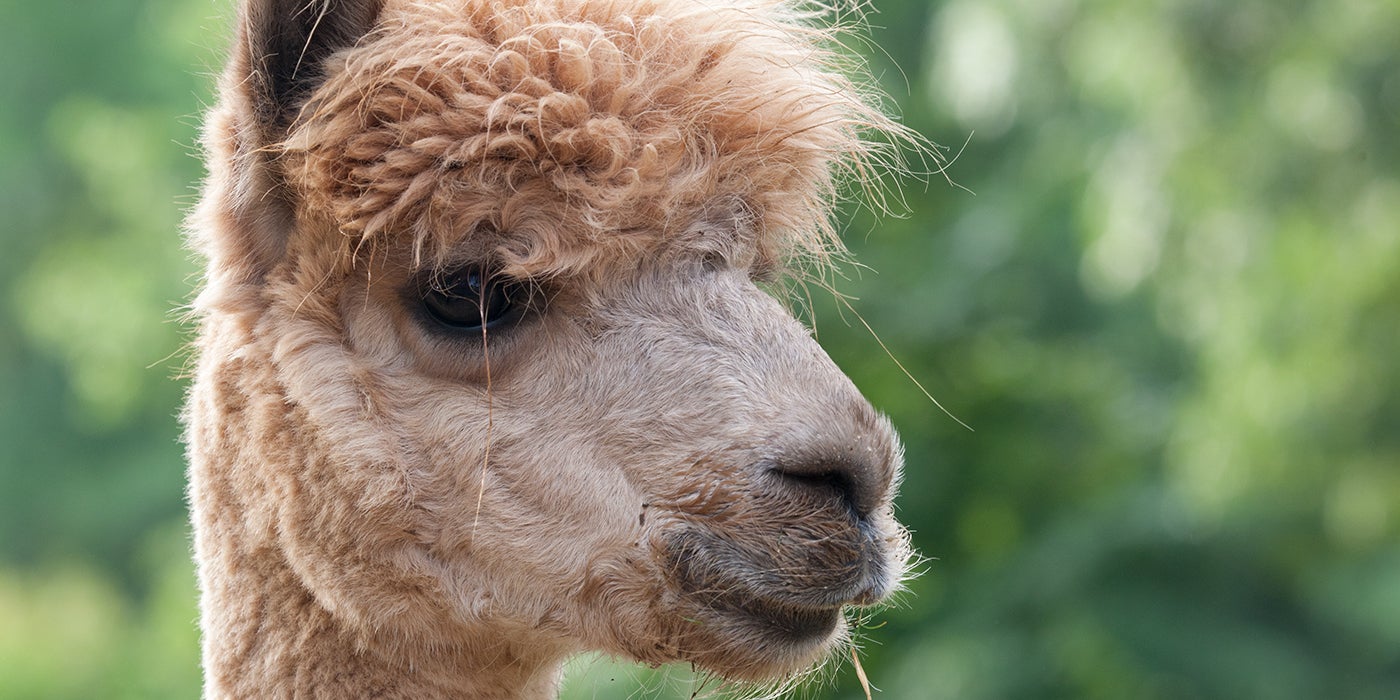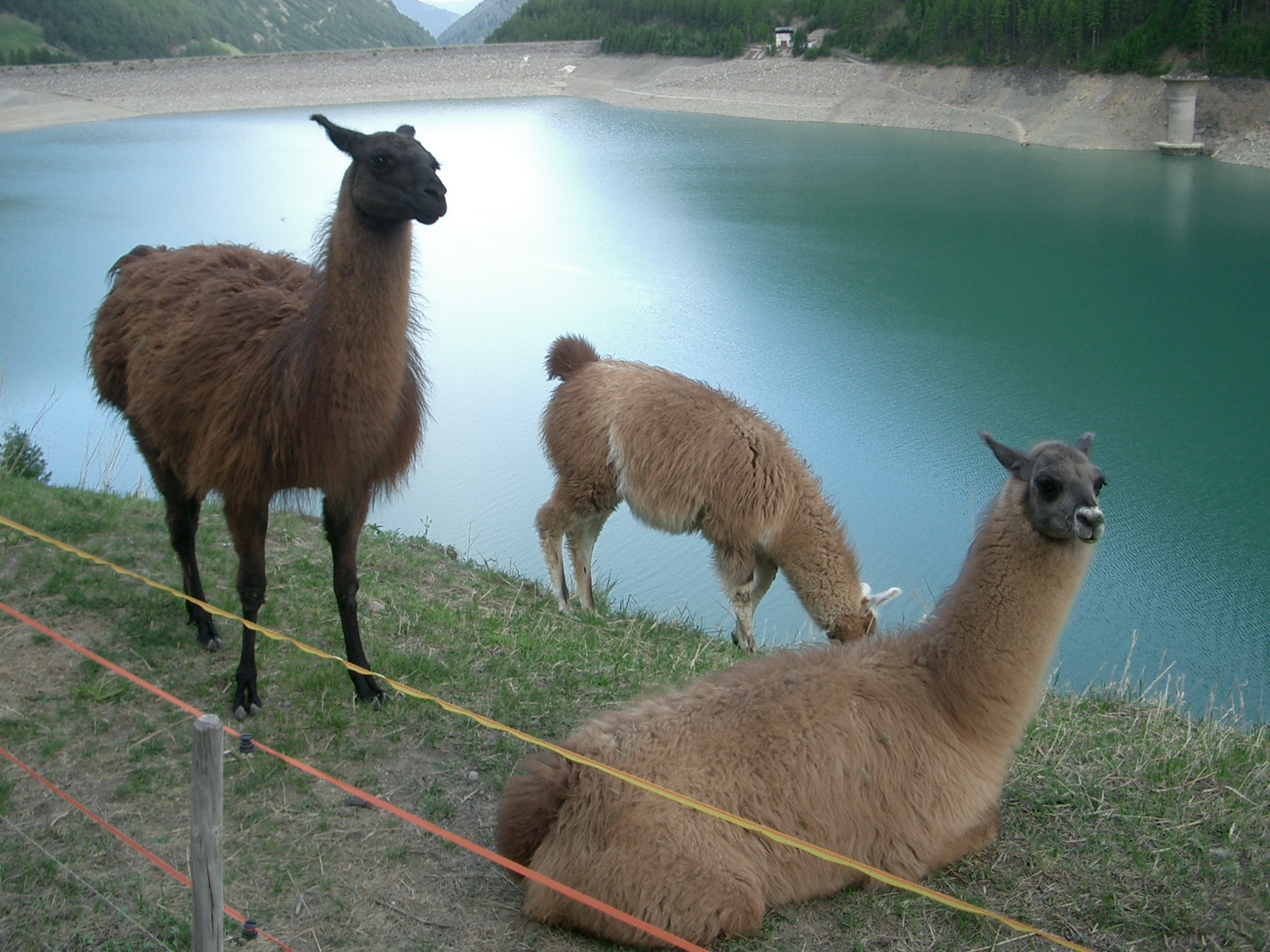Peruvian mammal with valuable long wooly hair
Home » » Peruvian mammal with valuable long wooly hairYour Peruvian mammal with valuable long wooly hair images are available in this site. Peruvian mammal with valuable long wooly hair are a topic that is being searched for and liked by netizens today. You can Get the Peruvian mammal with valuable long wooly hair files here. Download all free photos and vectors.
If you’re searching for peruvian mammal with valuable long wooly hair pictures information related to the peruvian mammal with valuable long wooly hair interest, you have come to the right site. Our website always provides you with suggestions for viewing the highest quality video and image content, please kindly hunt and locate more informative video content and images that match your interests.
Peruvian Mammal With Valuable Long Wooly Hair. Bailees Beauties and Small Animal Channel. The Otterhound is a medium-sized dog short compact and muscular with a long head and a deep chest. There are only four living species currently classified in this genus and each species has the word Lagothrix in its scientific name. Ecuador Peru Bolivia and Brazil.
 14 144 Animal Llama Photos Free Royalty Free Stock Photos From Dreamstime From dreamstime.com
14 144 Animal Llama Photos Free Royalty Free Stock Photos From Dreamstime From dreamstime.com
Its origins are relatively unknown but you can find the unmistakable image of the dog on pottery and art dating before the Incas in Peru. Llamas the alpacas taller cousin can also produce soft yarn thats suitable for clothing. Llama-like domesticated animal valued for its wool. Peruvian yellow-tailed woolly monkey are large-bodied primates with a thick soft mahogany-colored pelage that is longer and denser than the other woolly monkeys. This rhinos entire body was covered with a thick and shaggy coat consisting of two types of hair a thin dense undercoat and a long rigid overcoat of hair. Ecuador Peru Bolivia and Brazil.
Males generally have darker fur on their head and bodies than females.
The woolly mammoth was similar in size to the modern African Elephant. The soft dense hair grows from a center part down the guinea pigs back. Alpacas are native to the Andes and provide meat fiber and a livelihood for families in the highlands of Peru Ecuador Bolivia and Chile. Relative of the llama. The Peruvian Inca Orchid is a line of until recently almost extinct hairless dogs that date back to pre-Columbian societies. There was a lot more I wanted to see in particular the spectacularly ridiculous Emperor Tamarins.

Llama relative valued for its wool. Relative of the llama. The Woolly Mammoth are known for their large curved tusks. The Origin of the Alpaca - Alpacas originated in the highlands of Peru where they were domesticated and used as a source of wool. The average weight is 8 kg in adults but some males reach 115 kg.

This rhinos entire body was covered with a thick and shaggy coat consisting of two types of hair a thin dense undercoat and a long rigid overcoat of hair. They are also bred for their meat and to use in camelid fiber farming. Head to Manu Biosphere Reserve one of the worlds best wildlife-viewing platforms and keep your eyes peeled on. The woolly rhinoceros very similar to its descendants that we know today but much more imposing and with a good coat of hair lived in Europe and northern Asia. Peruvian yellow-tailed woolly monkey are large-bodied primates with a thick soft mahogany-colored pelage that is longer and denser than the other woolly monkeys.

For instance the common woolly monkey is formally called Lagothrix lagotricha. The Woolly Mammoth is an extinct species of mammoth that lived during the Ice Age. The Woolly Mammoth are known for their large curved tusks. Camera shy and painfully elusive the big cat of the Amazon is a bucket-list contender for all animal lovers visiting Peru. Camelids are a family of two-toed mammals with three-chambered stomachs and an abundance of wooly fur.
 Source: nationalzoo.si.edu
Source: nationalzoo.si.edu
The hair requires daily grooming. Males generally have darker fur on their head and bodies than females. The Origin of the Alpaca - Alpacas originated in the highlands of Peru where they were domesticated and used as a source of wool. Llama-like domesticated animal valued for its wool. The average weight is 8 kg in adults but some males reach 115 kg.
 Source: dreamstime.com
Source: dreamstime.com
Adult head and body lengths can range from 513 to 535 cm with tails even longer than the body up to 63 cm 25 in. 564-581 in J Eisenberg K Redford eds. Alpacas are native to the Andes and provide meat fiber and a livelihood for families in the highlands of Peru Ecuador Bolivia and Chile. The Woolly Mammoth is an extinct species of mammoth that lived during the Ice Age. The Colombian woolly monkey is called Lagothrix lugens.
 Source: pinterest.com
Source: pinterest.com
Camelids are a family of two-toed mammals with three-chambered stomachs and an abundance of wooly fur. This rhinos entire body was covered with a thick and shaggy coat consisting of two types of hair a thin dense undercoat and a long rigid overcoat of hair. A light-grey alpaca suit. The hair requires daily grooming. Alpacas have been kept by humans for over 3000 years.
 Source: pinterest.com
Source: pinterest.com
The Otterhounds feet are webbed similar to an otter. The Woolly Mammoth is an extinct species of mammoth that lived during the Ice Age. Males generally have darker fur on their head and bodies than females. These species are generally native to Peru. The woolly mammoth was similar in size to the modern African Elephant.
 Source: desertusa.com
Source: desertusa.com
They are habitual of living in tropical cloud forests and mountains. Llama relative valued for its wool. The woolly rhinoceros very similar to its descendants that we know today but much more imposing and with a good coat of hair lived in Europe and northern Asia. The gray woolly monkey is called Lagothrix cana. Adult head and body lengths can range from 513 to 535 cm with tails even longer than the body up to 63 cm 25 in.
 Source: pinterest.com
Source: pinterest.com
These species are generally native to Peru. They live in large social groups around 23. San Martin and Madre De Dios May 2019 Fiona Reid Jon Hall with Cheryl Antonucci Jean-Michel Bompar Joanna Langdale Judy Parish Shonene Scott Ignacio Yufera and Ian Thompson San Martin district only When I visited Peru in 2014 I vowed to return. There are only four living species currently classified in this genus and each species has the word Lagothrix in its scientific name. A thin kind of cloth made of the wooly hair of the alpaca often mixed with silk or with cotton.
 Source: chimuadventures.com
Source: chimuadventures.com
These species are generally native to Peru. There are only four living species currently classified in this genus and each species has the word Lagothrix in its scientific name. с английского на английский с английского на английский. The thick hair protected them from the cold and their spread feet made it easier for them to walk on soft snowy ground. Camel cousin of the Andes.
 Source: dreamstime.com
Source: dreamstime.com
Bailees Beauties and Small Animal Channel. Ecuador Peru Bolivia and Brazil. The original Peruvian name of the animal. They are usually similar to cows in height or a little taller. Native to the Arctic it is noted for its thick coat and for the strong odor emitted by males during the seasonal rut from which its name derives.
 Source: nationalzoo.si.edu
Source: nationalzoo.si.edu
These species are generally native to Peru. The Otterhound is a medium-sized dog short compact and muscular with a long head and a deep chest. The hair requires daily grooming. Head to Manu Biosphere Reserve one of the worlds best wildlife-viewing platforms and keep your eyes peeled on. Wool of the alpaca.
 Source: chimuadventures.com
Source: chimuadventures.com
Its Inuktitut name umingmak translates to the bearded one. Llama relative valued for its wool. The gray woolly monkey is called Lagothrix cana. An animal of Peru Lama paco having long fine wooly hair supposed by some to be a domesticated variety of the llama i South American mammal having long fine woolly hair related to the llama A thin kind of cloth made of the wooly hair of the alpaca often mixed with silk or with cotton Alpaca is a type of soft wool. The Woolly Mammoth is an extinct species of mammoth that lived during the Ice Age.
 Source: link.springer.com
Source: link.springer.com
Bulls are pretty well-built with a muscular neck larger feet and dense bones. Their pelage ranges from darker brown around their chests and bellies to more copper-tinged around their backs. Bulls have a hump on their shoulders. There are only four living species currently classified in this genus and each species has the word Lagothrix in its scientific name. The hair on their body differs from breed to breed however the body hair is usually shorter.
 Source: dreamstime.com
Source: dreamstime.com
The Otterhound is a medium-sized dog short compact and muscular with a long head and a deep chest. The Woolly Mammoth is an extinct species of mammoth that lived during the Ice Age. Llama-like domesticated animal valued for its wool. The hair on their body differs from breed to breed however the body hair is usually shorter. Its origins are relatively unknown but you can find the unmistakable image of the dog on pottery and art dating before the Incas in Peru.
 Source: chimuadventures.com
Source: chimuadventures.com
The thick hair protected them from the cold and their spread feet made it easier for them to walk on soft snowy ground. The average weight is 8 kg in adults but some males reach 115 kg. Some bull cattle breeds have a mane of curly wooly hair. Mammals include humans and all other animals that are warm-blooded vertebrates vertebrates have backbones with hair. University of Chicago Press.
 Source: wikiwand.com
Source: wikiwand.com
Andean animal valued for its wool. Llama-like animal with a long silky fleece. С английского на. The structure of nonvolant mammal com- munities in different Amazonian forest types. The hair on their body differs from breed to breed however the body hair is usually shorter.
 Source: pinterest.com
Source: pinterest.com
The Woolly Mammoth are known for their large curved tusks. Alpacas are native to the Andes and provide meat fiber and a livelihood for families in the highlands of Peru Ecuador Bolivia and Chile. There are only four living species currently classified in this genus and each species has the word Lagothrix in its scientific name. С английского на. The Origin of the Alpaca - Alpacas originated in the highlands of Peru where they were domesticated and used as a source of wool.
This site is an open community for users to submit their favorite wallpapers on the internet, all images or pictures in this website are for personal wallpaper use only, it is stricly prohibited to use this wallpaper for commercial purposes, if you are the author and find this image is shared without your permission, please kindly raise a DMCA report to Us.
If you find this site helpful, please support us by sharing this posts to your own social media accounts like Facebook, Instagram and so on or you can also save this blog page with the title peruvian mammal with valuable long wooly hair by using Ctrl + D for devices a laptop with a Windows operating system or Command + D for laptops with an Apple operating system. If you use a smartphone, you can also use the drawer menu of the browser you are using. Whether it’s a Windows, Mac, iOS or Android operating system, you will still be able to bookmark this website.